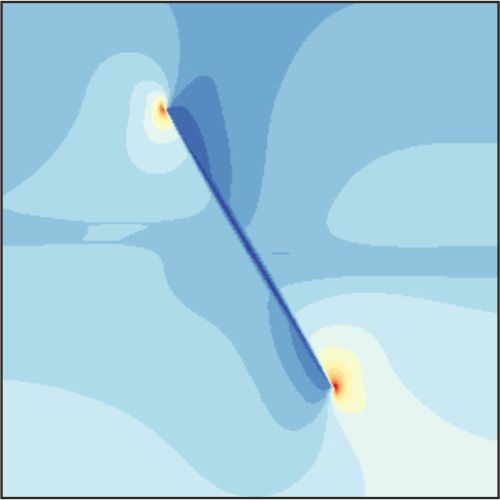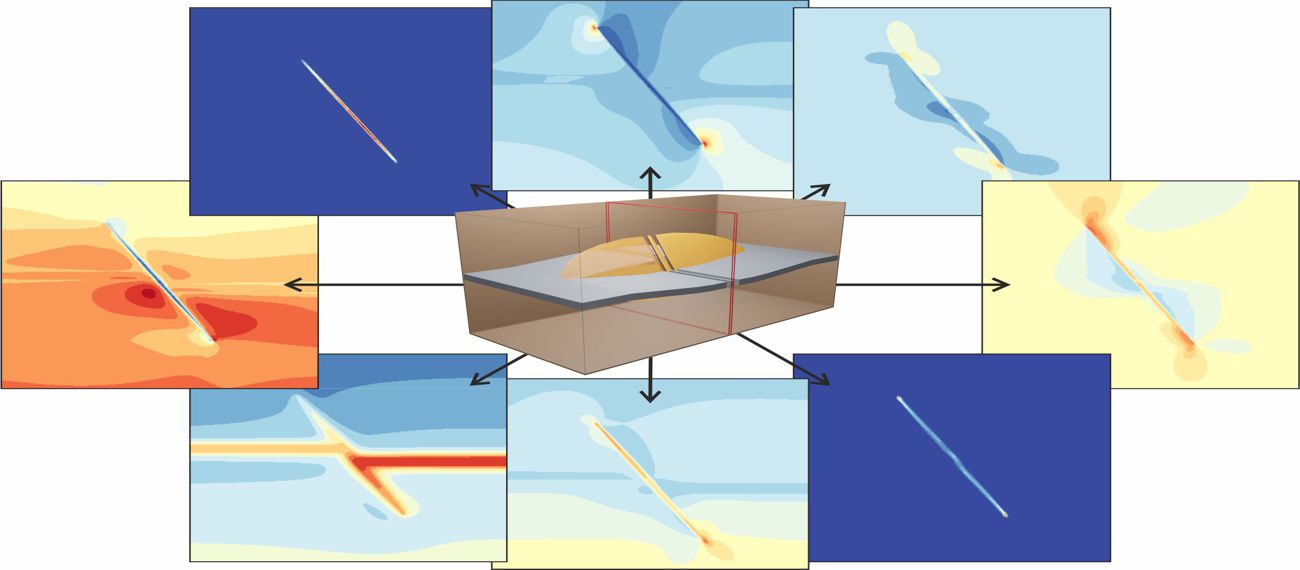
Facts about the project
PhD project: Torben Treffeisen +++ Duration: 01.10.2018 – 31.03.2021
Engineering Geology
Faults have a major influence on the local tectonic stress field and may prove to be – depending on their hydraulic properties – either conduits or barriers to fluid flow. Consequently, an appropriate implementation of faults into numerical underground models is of utmost importance.


PhD project: Torben Treffeisen +++ Duration: 01.10.2018 – 31.03.2021

